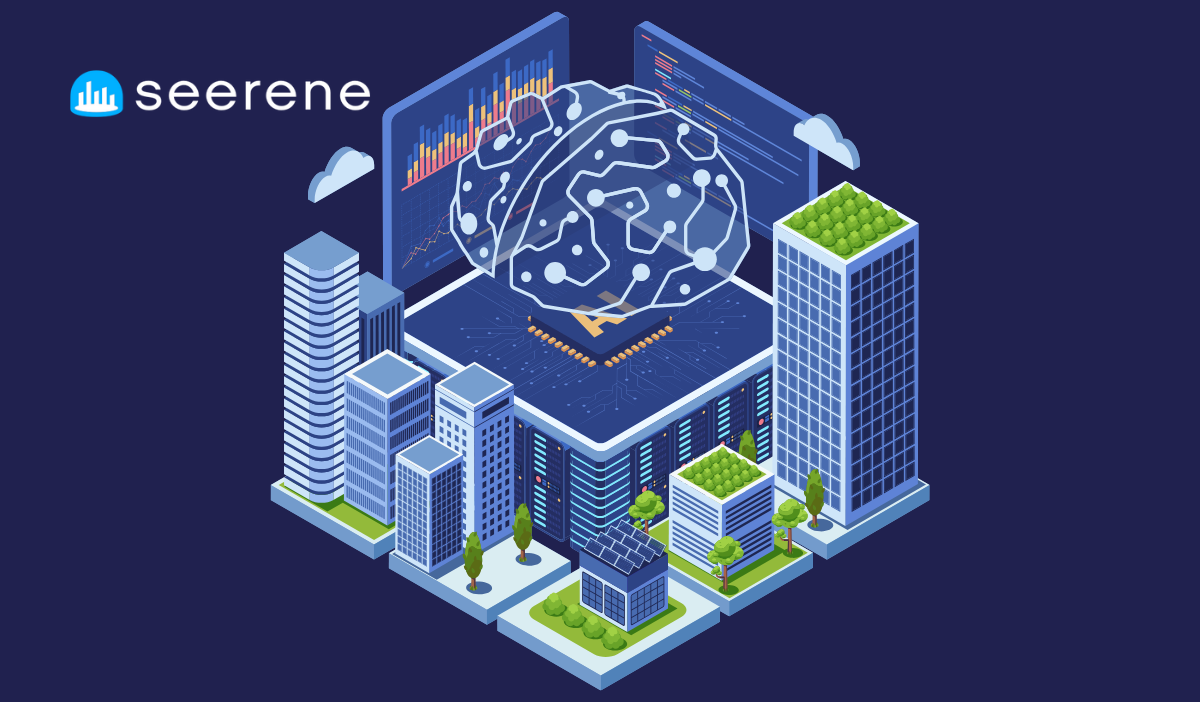
By 2030, the demands on IT organizations will be fundamentally different. We’re moving toward a world where global teams operate asynchronously, AI agents collaborate as colleagues, and platform ecosystems become more critical than internal systems. For CIOs, this means more than adapting technology—it means rethinking the very foundations of the IT operating model. Success will depend on three strategic pillars: decentralization, AI augmentation, and seamless ecosystem integration.
Most IT operating models in today’s enterprises were built for a centralized, human-driven, and largely hierarchical world. They assume stable workforces, static infrastructure, and a clear boundary between IT and business. But that paradigm is already eroding.
The shift to hybrid and remote work, explosion of AI in daily workflows, and integration with external platforms and partners are radically transforming the shape of the modern IT organization. By 2030, CIOs will need to operate in a landscape where talent is fluid, intelligence is distributed, and value creation depends on rapid, decentralized collaboration. If IT operating models fail to evolve, organizations risk lagging behind—both technologically and competitively.
The global pandemic was only the catalyst; remote and hybrid work are now permanent features of enterprise life. With workers collaborating across time zones, geographies, and even organizational boundaries, traditional command-and-control models are breaking down. Meanwhile, the tools and practices for asynchronous, location-agnostic collaboration are becoming more sophisticated—creating new demands on IT to support secure, always-on, and high-performance global operations.
Generative AI, once a curiosity, is rapidly becoming an everyday work companion. From developer copilots and AI-powered testing frameworks to autonomous service desk agents, AI is now embedded in the IT value chain. But these tools are more than just productivity boosters—they’re changing how teams work, what skills are needed, and how outcomes are delivered. Leading CIOs must now think of AI not as a tool, but as a collaborator.
Increasingly, value creation happens not within the four walls of a company but across digital ecosystems. APIs, cloud-native integrations, and partnerships with third-party platforms allow companies to move faster and serve customers in new ways. This composability demands that IT operating models become more modular, more open, and more capable of orchestrating value beyond the organization.
The static team structures of today will give way to fluid, purpose-built teams organized around outcomes, not functions. These teams may include internal developers, external freelancers, AI agents, and business stakeholders—working together in short cycles, supported by reusable platforms and services. IT will act as an enabler of this modularity, providing the governance and tooling for fast formation and dissolution of teams without losing oversight or quality.
A decentralized workforce and ecosystem approach demand new governance models. Centralized controls no longer scale—but neither does chaos. Federated governance offers a middle path: empowering local decision-making while enforcing shared standards for security, compliance, and data ethics. This will require digital trust infrastructures like zero-trust security models, smart contracts, and real-time compliance monitoring.
The static dashboards and retrospective KPIs of yesterday won’t cut it in a real-time, AI-augmented world. By 2030, IT leaders will rely on continuous intelligence platforms that integrate telemetry, business data, and AI inference to drive real-time decisions. The goal is no longer just monitoring systems—but steering the business through dynamic, feedback-rich insights.
To enable this future, CIOs must build new organizational muscle:
The bank operates AI-enhanced software factories that run 24/7 across multiple continents. Each regional team has autonomy within a federated governance model, and AI copilots assist with development, testing, and deployment. A centralized observability platform provides executives with real-time insight into delivery health and regulatory compliance.
Each factory operates its own tech stack, composed of modular microservices from a shared platform. Local teams customize applications using low-code tools and AI assistants. Corporate IT provides the backbone: shared APIs, cybersecurity, and compliance monitoring—all orchestrated through a central hub.
Phase 1 (2025–2026):
Phase 2 (2026–2028):
Phase 3 (2028–2030):
The CIO role is rapidly becoming that of a systemic architect—designing not just the tech stack, but the rules, rhythms, and relationships of a future-facing enterprise. In this new world, agility, intelligence, and resilience are not side benefits—they are foundational traits. The IT operating model for 2030 will be measured not by control, but by how well it empowers decentralized teams, leverages AI, and integrates into broader ecosystems. CIOs who embrace this fluidity will be the ones shaping the next era of business.
These Stories on Knowledge
August-Bebel-Str. 26-53
14482 Potsdam, Germany
hello@seerene.com
+49 (0) 331 706 234 0
Generative AI Seerene GmbH
August-Bebel-Str. 26-53
14482 Potsdam, Germany
hello@seerene.com
+49 331 7062340